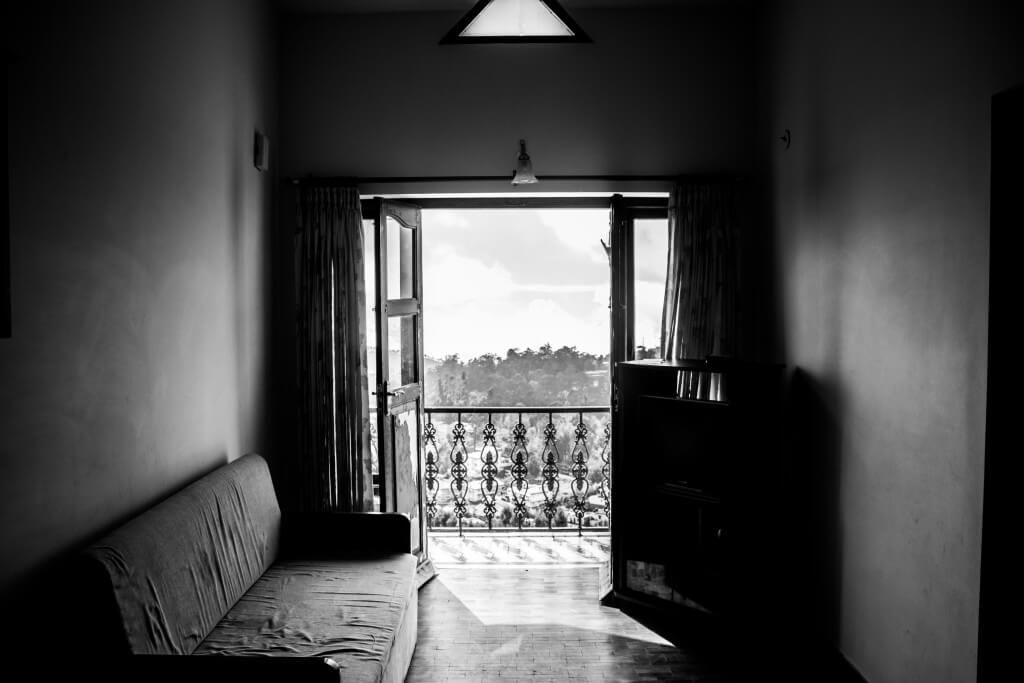Signs of an Unhealthy Home
When it comes to mold, the most commonly discussed topics are moisture and the effects of mold on the health of the home’s residents. While moisture and health concerns are vital symptoms of mold that can’t be ignored, it is still important that the homeowner or renter be prepared to recognize the presence of mold long before excessive moisture and bad health set off alarms.
Think of your home like you would your own body. When you’re ill, your body displays symptoms that give clues as to what the root sickness is. Doctors can’t diagnose your illness, disease, syndrome, or disorder until they have considered all the symptoms and ruled out false causes. The same detective work should be done in relation to your home.
There are three symptoms—aside from moisture and health issues—that reveal the presence of mold in the home.
Smell
There is some confusion as to the “smell of mold.” Is it the mold itself that puts off a unique odor? The truth is, a minority of mold victims insist that a smell was not present at all; but there is evidence that as mold causes damage to various organic compounds, materials, and structures within the home, airborne chemicals, gasses, and particle-sized matters are released, causing a very distinct smell that has been described as:
- Aged
- Damp
- Dank
- Dirty
- Earthy
- Mildewy
- Musty
- Old
- Rotten
- Stale
- Stuffy
- Wet
In many cases of severe illness or disease in humans, a smell is present. This is an indication that the body has been infected or infiltrated by bacteria, fungus (mold or yeast), or some other form of pestilence that causes the breakdown of the body’s structures molecularly. The same concept can be applied to your home. If your home smells, it’s a sick home. Follow the smell, locate the wound of the house, clean and remove the issues—this is the beginning of the home’s healing process.
Compromised Structural Integrity
If there is a moldy smell, it’s a guarantee that a portion of your home’s structure and the structure of the material within has been compromised. While mold damage in buildings and furniture can be directly related to moisture, which permitted the mold growth to begin with, it is highly possible for mold to grow unseen and cause structural break-down throughout the home. What you may think is a new moisture problem causing the damage, could very well be an old moisture problem and a full-fledged mold infestation.
Some examples to look for:
- Discoloration on ceilings, walls, flooring, fabric furniture, blinds, curtains, etc. (Note: when mold is growing behind wallpaper, there will be an orange discoloration due to the mold’s reaction to the glue.)
- Peeling paint or wallpaper, loose tiles or carpet or linoleum flooring, softened wood or laminate flooring (does it give under your weight?), brittle or softened wood or particle-wood furniture.
- Detachment or loosening of vanities, countertops, sinks, siding, tubs, etc.
- Shower curtains (plastic and fabric) appearing or feeling more crisp than usual or no longer as slack and bendable.
- Drawers sticking or difficult to pull out or close.
- Doors difficult to open or close.
- Wooden or particle-wood furniture becoming flimsy or wobbly.
- Wall-hanging objects loose or dipping from original placement (picture frames, stair railings, shelves).
- Ceiling fans spinning with less balance; the fan wings appearing to droop.
The list could go on but that is a general idea of what issues to watch out for. It’s important to remember that not all mold will be perfectly visible to the naked eye, especially if it is thriving in the walls, flooring, or furniture.
Rapid Growth of “Surface” Molds
Just because the more serious infestation could be hidden from view, doesn’t mean it isn’t revealing its presence in other ways. A serious or large-scale mold will release thousands (if not millions) of mold spores, which will permeate the home, land everywhere and anywhere, and begin new growth. Many homeowners or renters will catch a small growth of mold, clean it up properly, and feel as if they’ve rid their home of mold for good, and while that could be true, the real problem lies in the speed and frequency by which those small growths appear.
Here are some examples to be wary of:
- Fresh water vases fill with slime or mold within a few days to a week.
- Dark moldy scum or slime (yellow, brown, black) appears every night or even every few days in the toilet bowl, sink, or shower/tub and reappears soon after washing. (See also the article, titled: Diabetes and Mold.)
- A fuzzy layer develops on open drinks overnight or by the second day when not washed.
- Dirty clothes—wet or dry—begin to take on a musty odor within a week.
If you are frequently experiencing these symptoms in your home, then you could be dealing with something far worse beneath the surface. Cases like these are cause for alarm because there is already a fully-developed mold somewhere in your home that is producing large quantities of spores and that the conditions in your home are already perfect for rapid mold growth.
Amanda Mott is the mother and personal chef of two boys, the domestic technician of a three-bedroom town home, and occasionally, a freelance writer and editor. Feel free to follow her on Twitter @TheWifesLife


7 comments